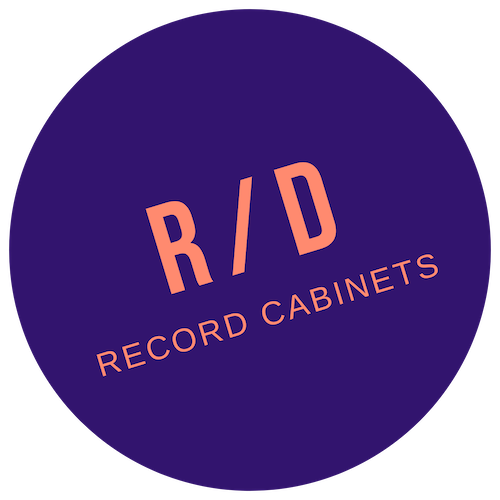The team behind Lost Record Stores (LRS) decided to create a map of lost independent record stores in Los Angeles from 1954 to 2024 out of love for the city and its music history. Researcher and Editor Dyanne Cano, who grew up in LA and frequented record stores in the 1990s and 2000s, wanted to create an online community archive with a fold-out map because many of these places have faded into obscurity over the years.
LRS hopes this map connects you to the expansive past of LA record stores. It is not just about nostalgia; these spaces played significant roles in creating and fostering community. For example, some of these stores connected diaspora communities to their homelands and cultures through music.
Prior to this archive there was no collection that documented the independent record stores of Los Angeles from the past 70+ years. This motivated the LRS team to create a community map that spans several decades. From selling vinyl records to 8-tracks, cassettes, and CDs, these brick and mortar stores were destinations for music lovers and collectors.
Lost Record Stores is a labor of love, born from a passion of Dyanne’s decades of record collecting and a desire to commemorate the independent record stores that were integral to Los Angeles culture and community.
LRS Team:
Dyanne Cano | Editor and Researcher
Geoff Sanhueza | Designer
We thank the Los Angeles music community, the Los Angeles Public Library, Y2K message boards, Dyanne’s extensive personal archives, Discogs, and Web 1.0/2.0 era websites for providing us with much of the data that comprises this directory. A special thank you to R/D Record Cabinets for their generous support of this community map project. Thank you to Alice Lin for her web design consultations.
This archival map project should not be considered exhaustive; it is a living document based on ongoing research and contributions. We want to expand our list so please send us your memories and photos of record stores we have lost in the Los Angeles area.
Much of our research is based on primary sources like newspapers from the past 70 years. Printed record store ads were limited to shops that could afford them, which meant smaller record stores were frequently absent from these publications. Articles in weeklies, magazines, and newspapers in the Los Angeles area also primarily featured record stores that sold music by artists from the US and Europe, creating a significant gap in representation.
Lost Record Stores acknowledges the Tongva, Tataviam, Serrano, Kizh, and Chumash Peoples as the traditional caretakers of the water and land on which we create, build, operate, and live. We honor and pay respect to their ancestors and their communities today, who continue to nurture this land and water through traditional practices, activism, art and education.
Project sponsored by:




